
With the pop of a balloon, thousands of milkweed seeds were released into the air on Saturday in hopes of producing more milkweed plants to sustain the dwindling population of monarch butterflies.
Chicago artist and activist Jenny Kendler stood outside the DePaul Art Museum alongside a silver hotdog cart, handing out biodegradable balloons to passers-by.
As a part of an art performance, Kendler filled up balloons with milkweed seeds and handed them out to the public along with information about herbicide use, the decline in the monarch butterfly population and a pin to pop the balloon and release the seeds.
Milkweed is the only plant the monarch caterpillar can eat. Due to the prevalence of herbicides, there has been a huge loss of milkweed in agricultural fields, resulting in a decline in the monarch population.
“We’ve given away about 500 balloons, with thousands of seeds in them,” Kendler said. “I understand that this is a drop in the bucket, but what it’s really about is getting emotionally invested … I still believe in the power of individual people.”
The performance was followed by a panel discussion including Kendler, Elizabeth Corr, the Natural Resource Defense Council’s manager of arts partnerships, and Rebecca Riley, the NRDC’s senior attorney. The panel was moderated by animal studies scholar Dr. Giovanni Aloi.

Kendler’s performance, “Milkweed Dispersal Balloons” is a part of DePaul’s exhibition, “Rooted in Soil,” which is also featuring some of the Kendler’s sculptural. The exhibition is designed to prompt a discussion about the intersections between art and nature.
Kendler is the first ever artist in residence at the NRDC and is working closely with the land and wildlife program. Through the NRDC’s research on the decimation of both milkweed and the monarch butterfly, the concept of “Milkweed Dispersal Balloons” was born.
“The idea is that there is an artist’s voice at the table,” Riley said. “Her voice means just as much as anyone’s. A big part of this is community outreach. It’s an advocacy based project, that is also an art project and neither erases each other. It’s kind of a metaphor for how we can help the environment.”
Corr added Kendler has helped in ways the NRDC couldn’t and partnering with cultural institutions, like the DePaul Art Museum, is not something the organization has been able to do previously.
During the panel discussion, Kendler was asked about the aesthetics of the milkweed, which she said is particularly beautiful plant, but there is something much deeper than how it looks.
“I think that the word weed is something we need to question,” Kendler said. “These are plants that are tenacious and opportunistic. They’ll grow in areas that humans have disturbed.”
Aloi also spoke about the conceptual aspect of balloons and how they’ve been used in the past.
“Balloons have been used in art to make the invisible, visible,” Aloi said. “You can make something that is invisible, quantifiable.”

He also commented on how the balloons help children engage with the project, noting that during the performance, a number of children stopped to receive a balloon and with smiling faces listened to Kendler tell them about her idea to save the butterflies.
[pullquote]“I think that what’s so great about Jenny’s project is that it involves children. I saw so many kids down there, and she was so good at telling them what to do with the balloons,” [/pullquote]Aloi said.
“I think that there is something interesting going on here,” Aloi said to Kendler. “You take us to our backyard, this place of wonder and we make a change on our front doorstep.”
Corr spoke about the need for a cultural reset to get people to remember the importance of nature. She said people sometimes overly manage their garden, stripping them of their wildness.
“The product sort of reminds us of the ephemeral nature of nature,” Corr said. “The action of giving someone a balloon and asking them to destroy it says a little bit about how our actions have consequences, good and bad.”
The show was curated by interim director of the museum, Laura Fatemi, along with her daughter, Farrah Fatemi.
Fatemi said her daughter is an environmental scientist, and the idea for the exhibition came about through a discussion the two had about how to engage the public on environmental issues, particularly, on the topic of soil.
“My daughter brought this to my attention on a research project she was working on,” Fatemi said. “As a scientist, she’s very much engaged in also making the sciences more applicable to audiences.”
Fatemi said at the time she could already think of a number of artists who were either dealing with the topic of soil directly.
“We started coming up with a checklist to develop themes for the exhibition, and it just kind of grew from there,” she said.
Fatemi said Kendler’s work had appealed to her because of some of the environmental themes she deals with as well as Kendler being both an artist and activist.
“For example, the performance that she’s doing was one that I felt like, it has a way of engaging people to be a part of a solution,” Fatemi said. “So, the title of the exhibition, ‘Rooted in Soil,’ much of what the exhibition deals with is looking at how we are connected to the soil and the land but also how we’re disconnected to it.”
Fatemi said Kendler’s work on the milkweed is important because milkweed is crucial to the monarch butterfly.
“Both of them had been in abundance in this country and we’re seeing this iconic plant and insect dwindle drastically, so it’s an important topic,” she said.
Kendler emphasized the idea of creating works of art that have a tangible impact on the world.
“I’m trying to get people to look at the small things,” she said.
“You can still have the intensity and gravity of something that is tiny. I think that there is something really subversive to the way that small things can get under your skin.”
“Rooted in Soil,” opened up in late January and will run until April 26.

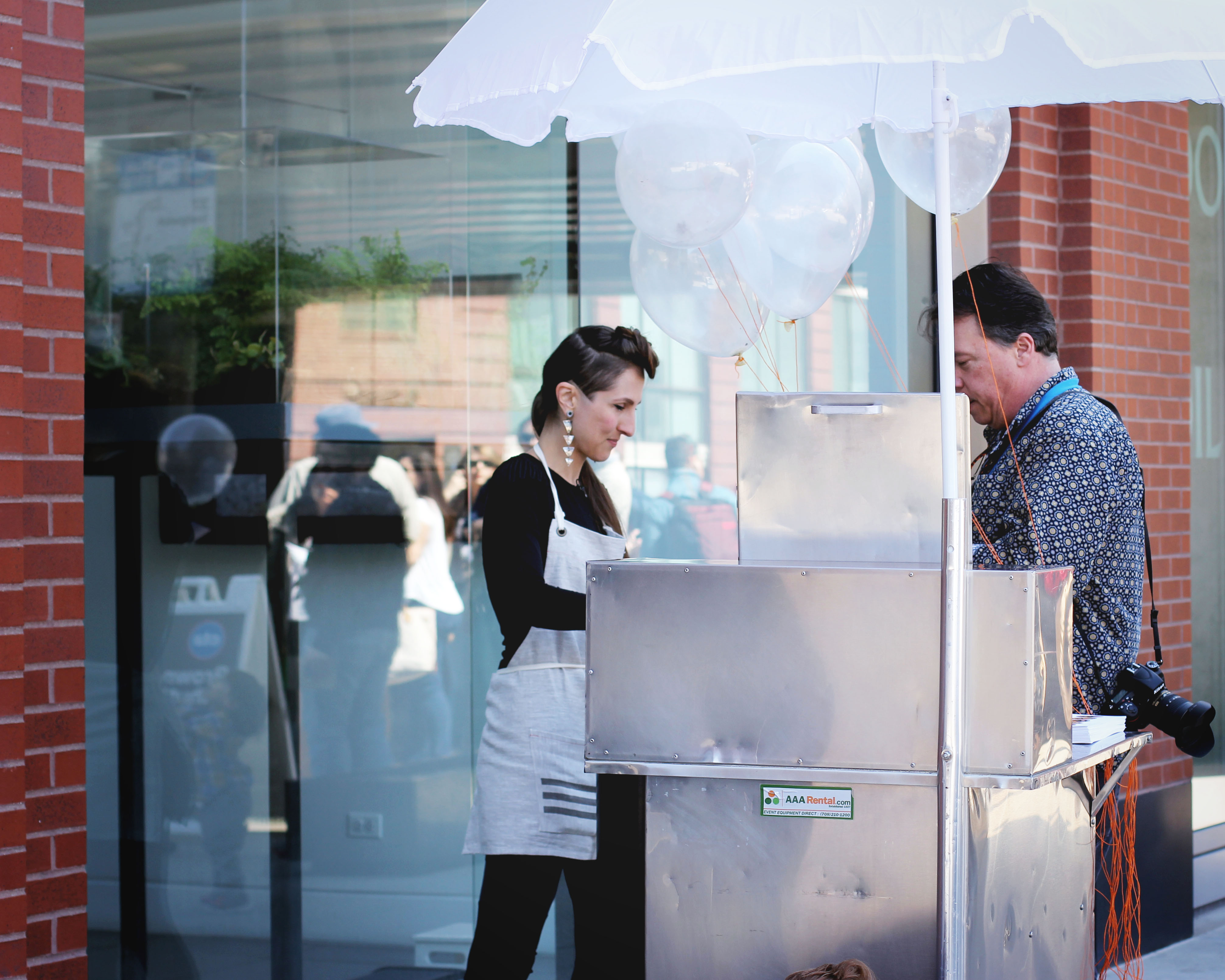
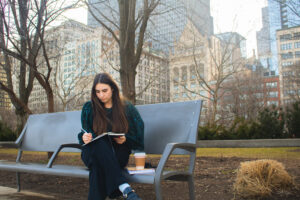
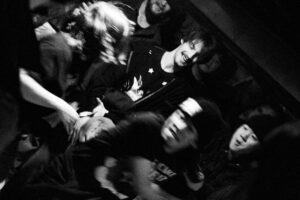
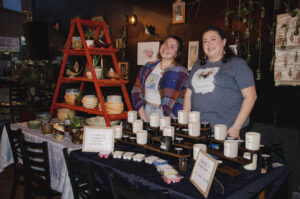
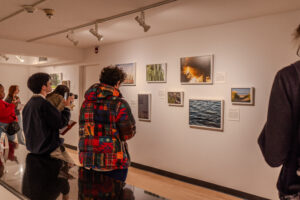
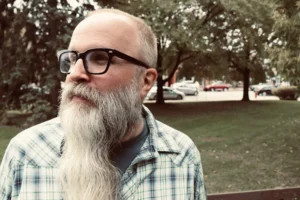





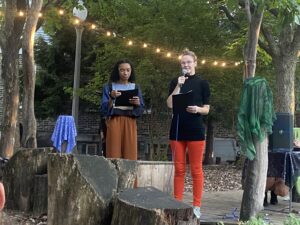
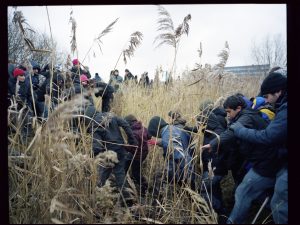
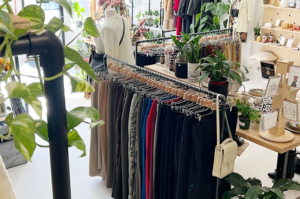
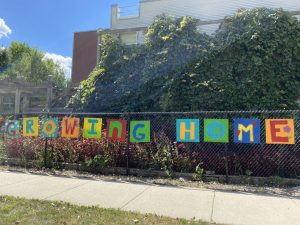
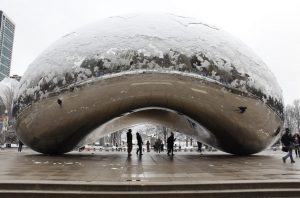
Be First to Comment